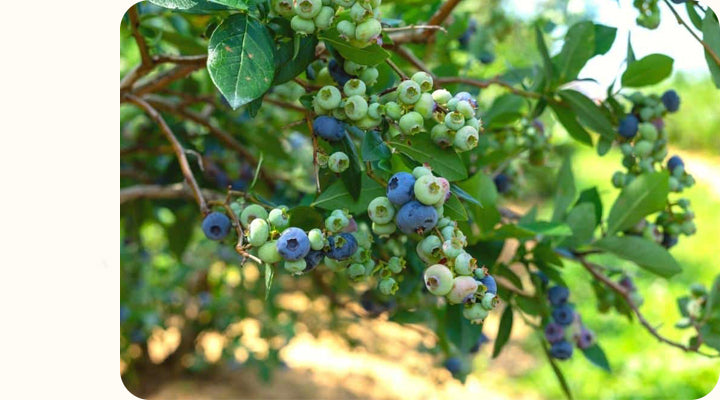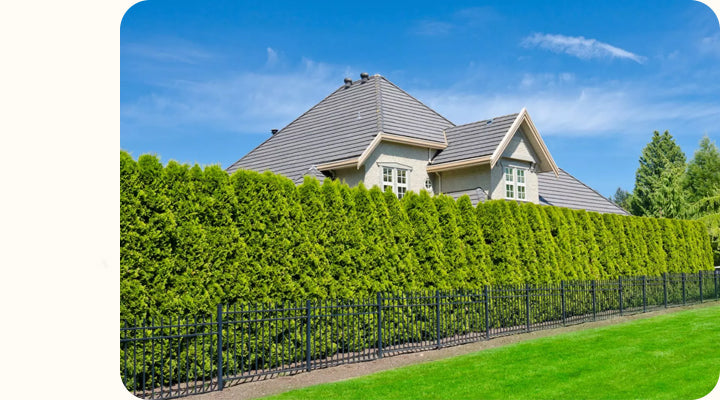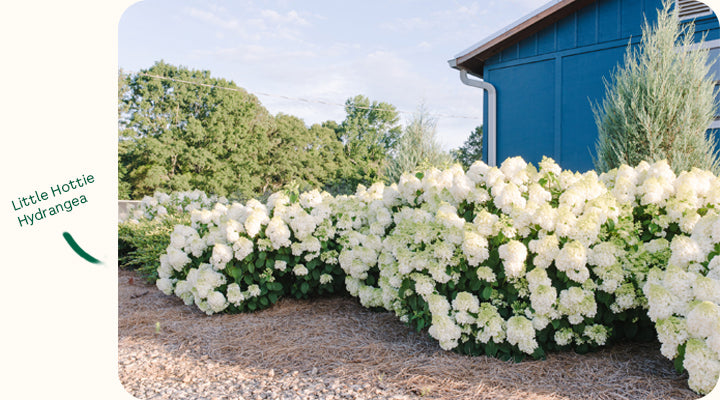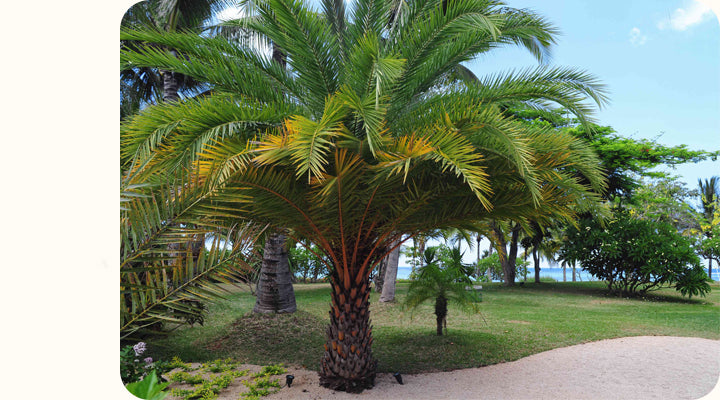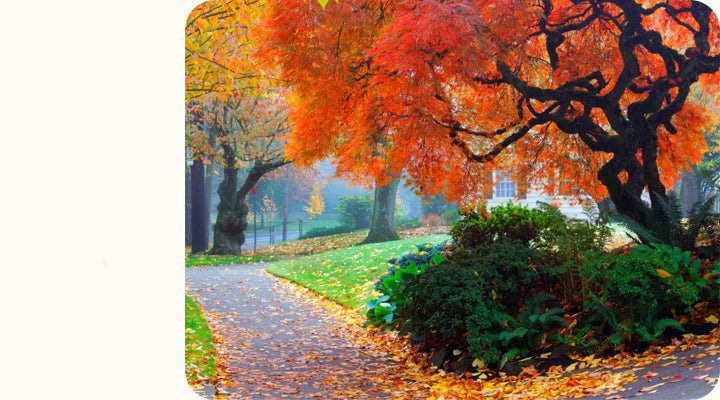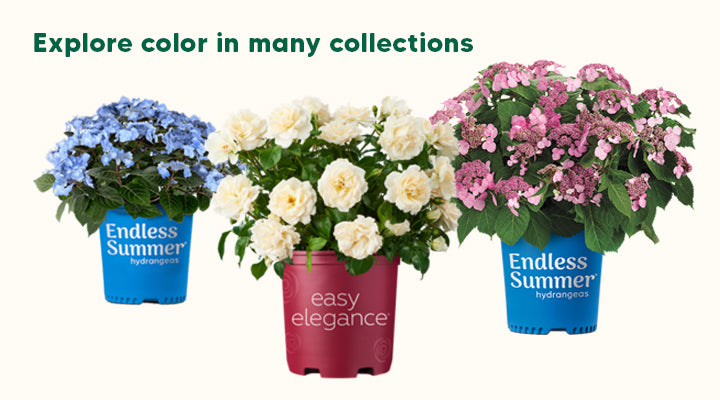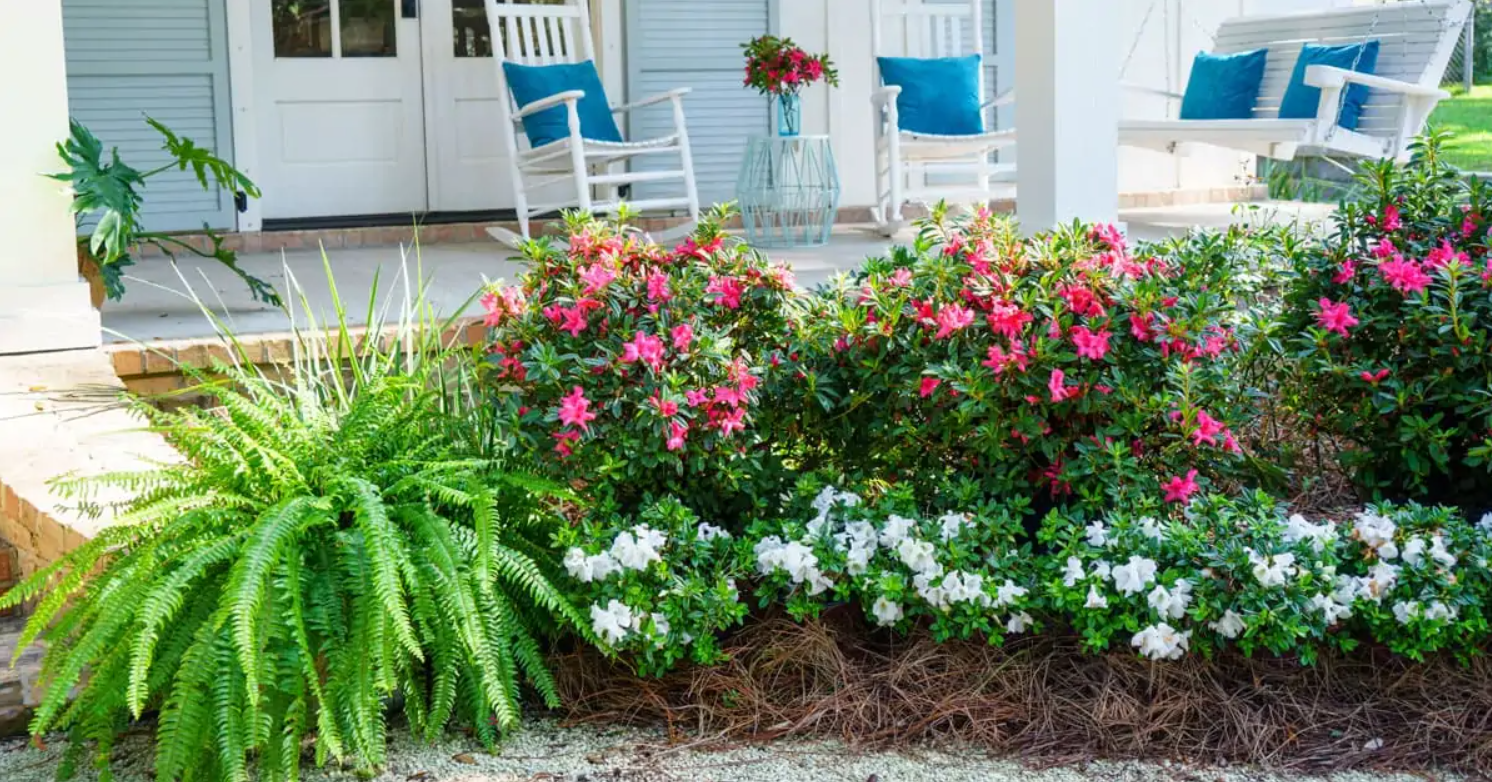Encore azaleas have captured the hearts of gardening enthusiasts everywhere, with their vibrant colors and continuous blooms throughout the year. In this comprehensive guide, we'll uncover the secrets of these versatile and stunning plants, exploring their unique characteristics, various varieties, and how to care for them to ensure a thriving, beautiful garden.
An Overview of Encore Azaleas
Encore azaleas are a type of hybrid azalea, bred to produce multiple bloom cycles each year. Unlike traditional azaleas that only flower in the spring, Encore azaleas can bloom from spring until fall, providing a colorful and eye-catching display in your garden for an extended period.
Dazzling Varieties of Encore Azaleas
There are numerous varieties of Encore azaleas to choose from, each with their unique colors, sizes, and growth habits. Some popular options include:
- Autumn Amethyst™ – Featuring deep purple blooms with a touch of amethyst and semi-evergreen foliage.
- Autumn Angel™ – Boasting pure white flowers that contrast beautifully against dark green foliage.
- Autumn Bonfire™ – Showcasing fiery red flowers and a compact growth habit.
- Autumn Coral™ – A stunning coral-pink variety with a semi-dwarf growth habit.
- Autumn Fire™ – A vibrant red variety with a compact, dense growth habit.
- Autumn Ivory™ – Displaying elegant white flowers and a compact, rounded growth habit.
- Autumn Lilac™ – A lovely lavender variety with a dense, mounding growth habit.
- Autumn Moonlight™ – Showcasing white blooms with a touch of yellow, creating a moonlit effect.
- Autumn Royalty™ – A regal variety with large, vibrant purple flowers and an upright growth habit.
- Autumn Sangria™ – Offering large, hot pink flowers and a compact, mounding growth habit.
- Autumn Starburst™ – A striking bicolor variety with white flowers and a pink edge.
- Autumn Sundance™ – Featuring vibrant pink blooms with a compact, mounding growth habit.
- Autumn Sunset™ – A dazzling orange-red variety with a semi-dwarf growth habit.
- Autumn Sweetheart™ – Showcasing soft pink flowers with a hint of lavender and a compact growth habit.
- Autumn Twist™ – A unique variety with white and purple-striped blooms and an upright, compact growth habit.
Flowering and Growth Habits of Encore Azaleas
The primary appeal of Encore azaleas lies in their ability to bloom multiple times a year, providing a continuous display of color in your garden. Most varieties produce flowers in the spring, summer, and fall, with a brief rest period during the winter months.
Encore azaleas come in various sizes and growth habits, ranging from compact, dwarf varieties to taller, more upright plants. This diversity allows for versatile landscaping options, whether you're designing a small garden or looking to add a statement piece to a larger landscape.
Care Instructions for Encore Azaleas
To ensure that your Encore azaleas thrive and produce their stunning blooms, follow these care instructions:
- Planting location: Choose a well-draining area with dappled sunlight or partial shade. Morning sun with afternoon shade is ideal for most varieties.
- Soil requirements: Encore azaleas prefer slightly acidic, well-draining soil with a pH between 5.5 and 6.5. Amend your soil with organic matter, such as peat moss or compost, to improve drainage and soil structure.
- Watering: Keep the soil consistently moist, but not waterlogged. Water deeply and regularly, especially during dry periods.
- Fertilizing: Apply a slow-release, balanced fertilizer formulated for acid-loving plants in the spring and late summer. Avoid using high-nitrogen fertilizers, as they may promote excessive foliage growth at the expense of blooms.
- Pruning: Prune your Encore azaleas immediately after their spring bloom, removing any dead or damaged branches, and shaping the plant as desired. Avoid heavy pruning in the fall, as this can reduce the number of blooms in the following spring.
- Mulching: Apply a layer of organic mulch around the base of the plant to help maintain consistent soil moisture, regulate temperature, and suppress weeds.
Additional Tips for Growing Encore Azaleas
- Choose a variety that is suitable for your climate zone to ensure the best chance of success.
- Space your Encore azaleas according to their mature size to allow for proper air circulation and growth.
- Be on the lookout for pests such as azalea lace bugs or spider mites, and treat any infestations promptly.
- Monitor your azaleas for signs of disease, such as root rot or leaf spot, and take appropriate action to maintain plant health.
Encore Azaleas vs. Traditional Azaleas: Key Differences
While both traditional azaleas and Encore azaleas are prized for their beautiful flowers, there are some key differences that set them apart:
- Bloom Cycles: Traditional azaleas typically bloom once a year, in the spring. Encore azaleas, on the other hand, have been bred to produce multiple bloom cycles, with flowers appearing from spring to fall.
- Sun Tolerance: Traditional azaleas are known for their preference for partial shade, while many Encore azalea varieties can tolerate more sun, making them a more versatile option for gardens with varying sun exposures.
- Disease Resistance: Encore azaleas have been developed with improved disease resistance, making them less susceptible to common azalea issues such as root rot and leaf spot.
Companion Planting with Encore Azaleas
Enhance your garden's visual appeal and create a harmonious landscape by pairing Encore azaleas with complementary plants. Here are some suggestions for companion planting:
- Hostas: With their lush foliage and shade tolerance, hostas are an excellent companion for azaleas, adding textural contrast and filling in gaps around the base of the plants.
- Ferns: The delicate, feathery fronds of ferns provide an elegant backdrop for the vibrant blooms of Encore azaleas.
- Rhododendrons: These acid-loving plants share similar soil and light requirements with azaleas and offer a striking contrast with their large, showy flowers.
- Japanese Forest Grass (Hakonechloa): This ornamental grass adds movement and a soft texture to the garden, complementing the more rigid structure of azaleas.
- Hydrangeas: With their large, rounded flower clusters, hydrangeas make a stunning companion for azaleas, creating a layered look in the garden.
Winter Care for Encore Azaleas
Although Encore azaleas are bred for improved cold hardiness, some extra care in winter can ensure their continued health and vigor. Follow these tips for winter care:
- Mulching: Apply a 2-3 inch layer of organic mulch around the base of the plant to help insulate the roots and conserve moisture during the winter months.
- Watering: Continue to water your azaleas in the winter, especially during dry spells or before a hard freeze, to prevent dehydration and reduce the risk of cold damage.
- Protecting: In colder climates, consider using a burlap wrap or installing a windbreak to protect your azaleas from harsh winter winds and extreme temperatures.
- Pruning: Avoid heavy pruning in the late fall or winter, as it may stimulate new growth that could be susceptible to cold damage.
Propagating Encore Azaleas
If you'd like to expand your collection of Encore azaleas or share them with friends, you can propagate these plants through softwood cuttings:
- In late spring or early summer, take a 4-6 inch cutting from the tip of a healthy, non-flowering stem.
- Remove the leaves from the lower half of the cutting, and dip the cut end in rooting hormone.
- Plant the cutting in a well-draining potting mix and keep it moist in a shaded location.
- After 6-8 weeks, check for root development by gently tugging on the cutting. If it resists, it has likely developed roots.
- Once the cutting is well-rooted, transplant it into a larger container or a suitable location in your garden.
Attracting Pollinators with Encore Azaleas
Encore azaleas not only add beauty to your garden, but they can also help support local pollinators such as bees, butterflies, and hummingbirds. These pollinators are attracted to the nectar-rich flowers, creating a lively and dynamic garden ecosystem. To further support pollinators, consider incorporating other nectar-rich plants alongside your Encore azaleas, such as:
- Buddleia (Butterfly Bush): With its long, arching flower clusters, Buddleia is a favorite of butterflies and bees, making it an excellent companion for azaleas.
- Salvia: These nectar-rich, tubular flowers are highly attractive to hummingbirds and butterflies, adding a burst of color and activity to your garden.
- Echinacea (Coneflower): Known for their large, daisy-like flowers, coneflowers are a favorite of bees and butterflies, and their seed heads provide food for birds in the winter.
- Monarda (Bee Balm): With its unique, whorled flowers, bee balm is a magnet for bees, butterflies, and hummingbirds, making it a perfect companion for azaleas.
Frequently Asked Questions about Encore Azaleas
Q: Can Encore azaleas be grown in containers?
A: Yes, Encore azaleas can be grown in containers, making them an excellent option for small spaces, balconies, or patios. Choose a large, well-draining container and fill it with a high-quality potting mix designed for acid-loving plants. Be sure to monitor the moisture levels in the container, as potted plants tend to dry out more quickly than those in the ground.
Q: Are Encore azaleas deer-resistant?
A: While no plant is completely deer-proof, Encore azaleas are considered to be moderately deer-resistant. However, if deer are a significant problem in your area, you may need to take additional measures to protect your azaleas, such as installing deer fencing or applying deer repellents.
Q: How long do Encore azaleas live?
A: With proper care, Encore azaleas can live for many years, providing a long-lasting and beautiful addition to your garden. Their lifespan will depend on factors such as growing conditions, climate, and maintenance practices.
In conclusion, Encore azaleas offer a unique and colorful addition to any garden, with their extended bloom cycles, diverse varieties, and easy-to-grow nature. By following the guidelines provided in this comprehensive guide, you'll be well-equipped to enjoy the beauty and charm of these remarkable plants for years to come.



